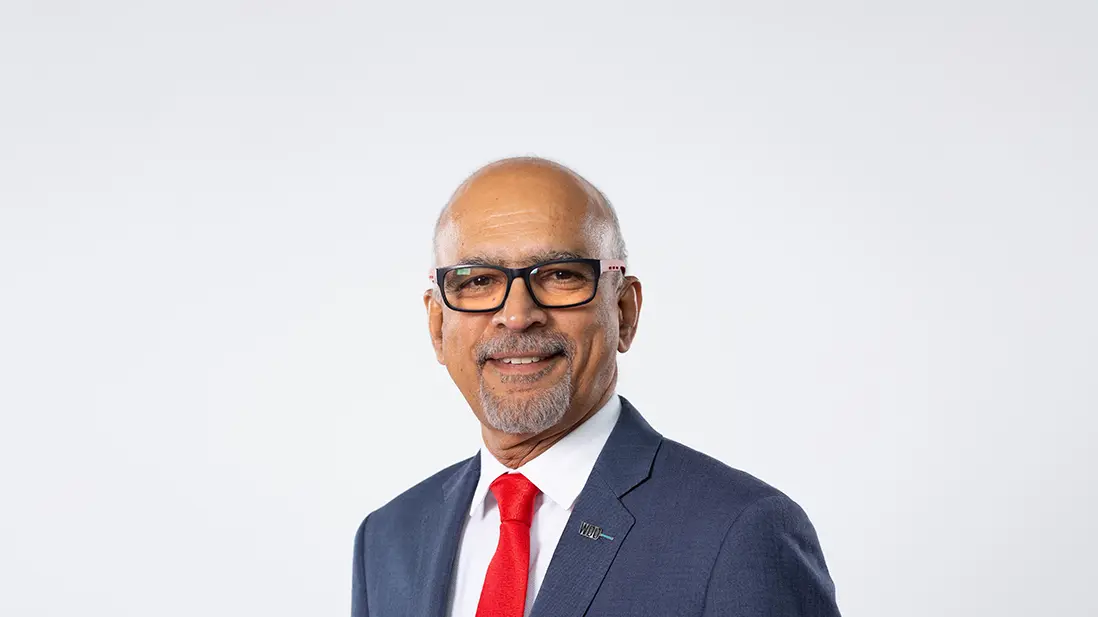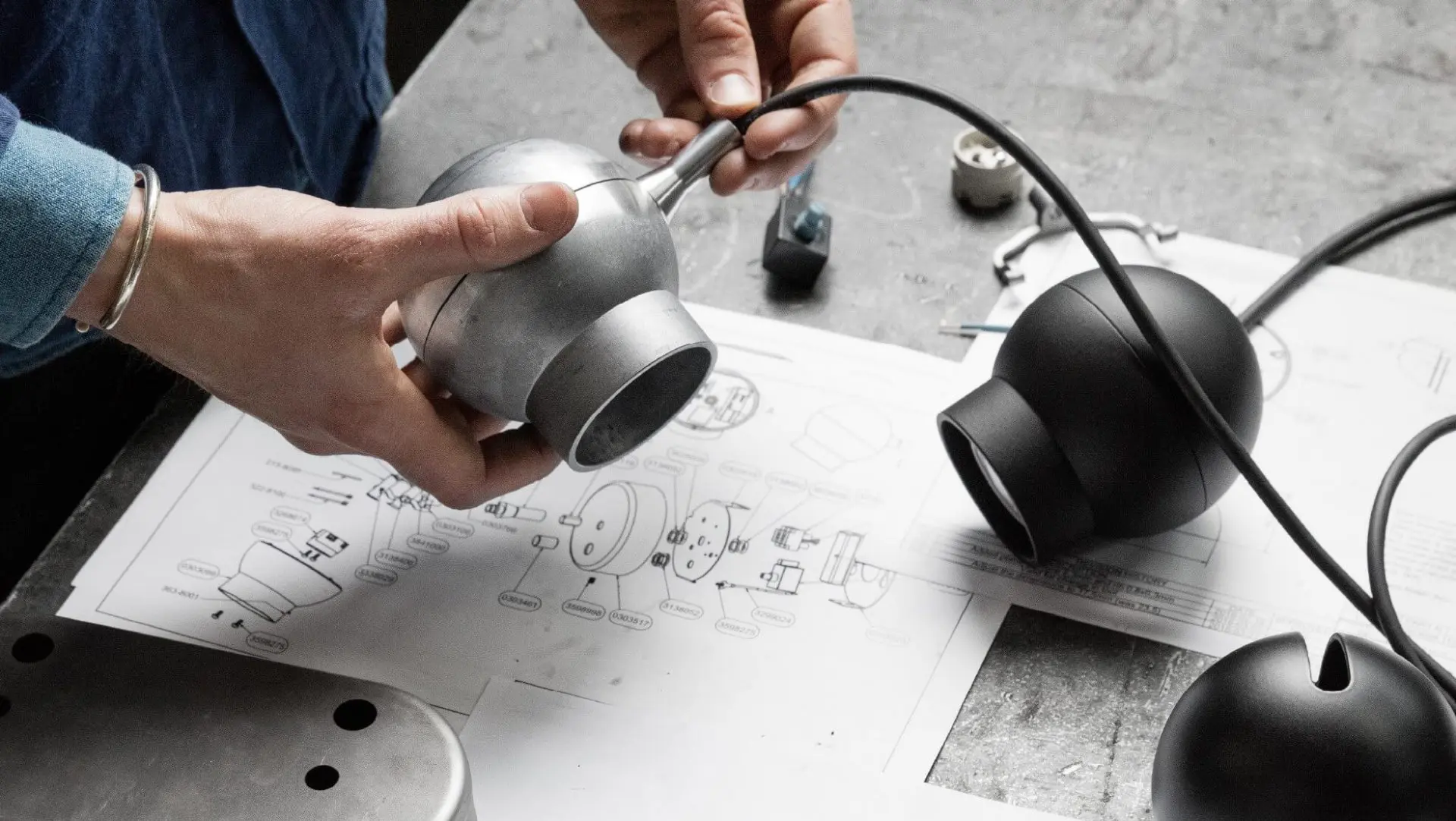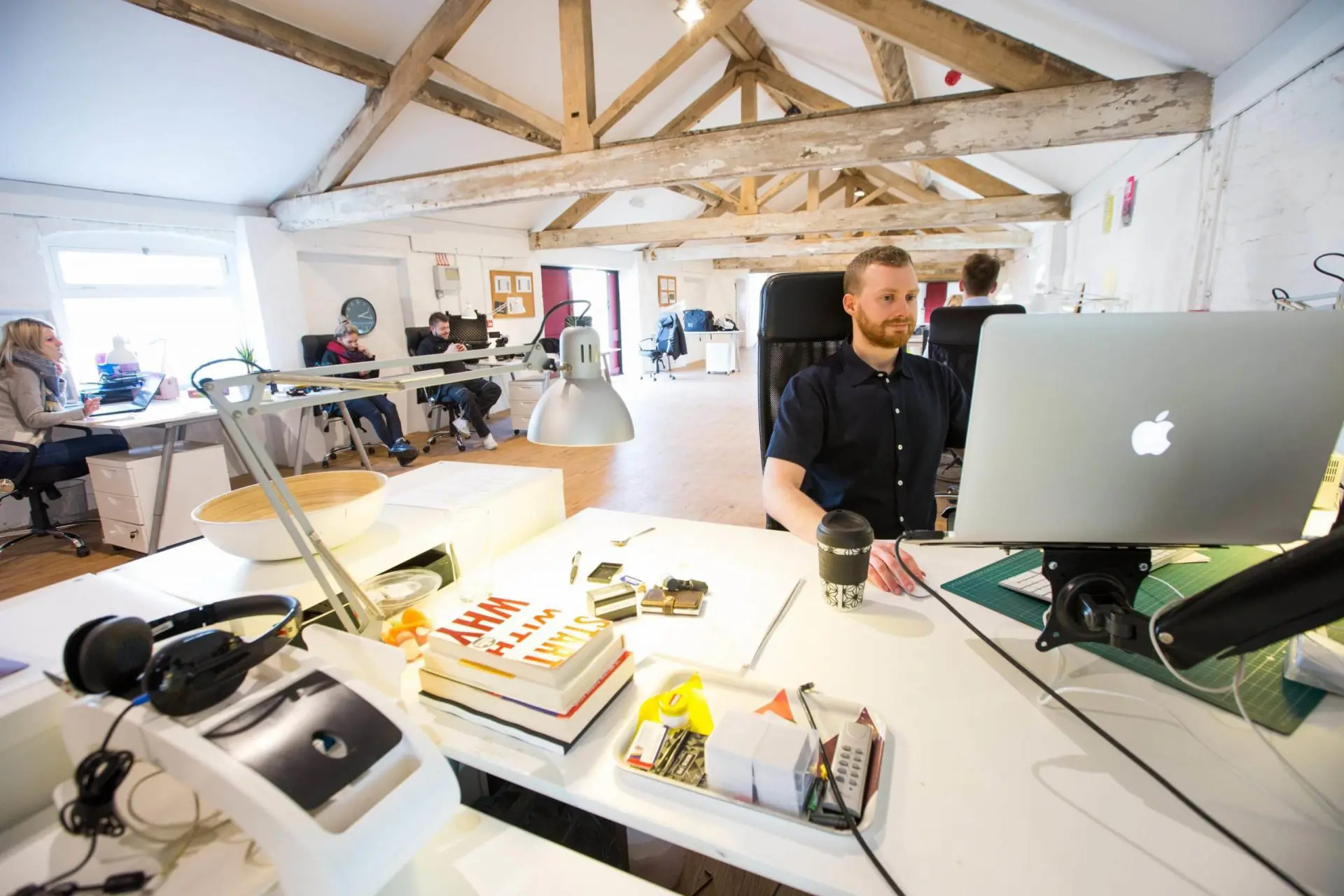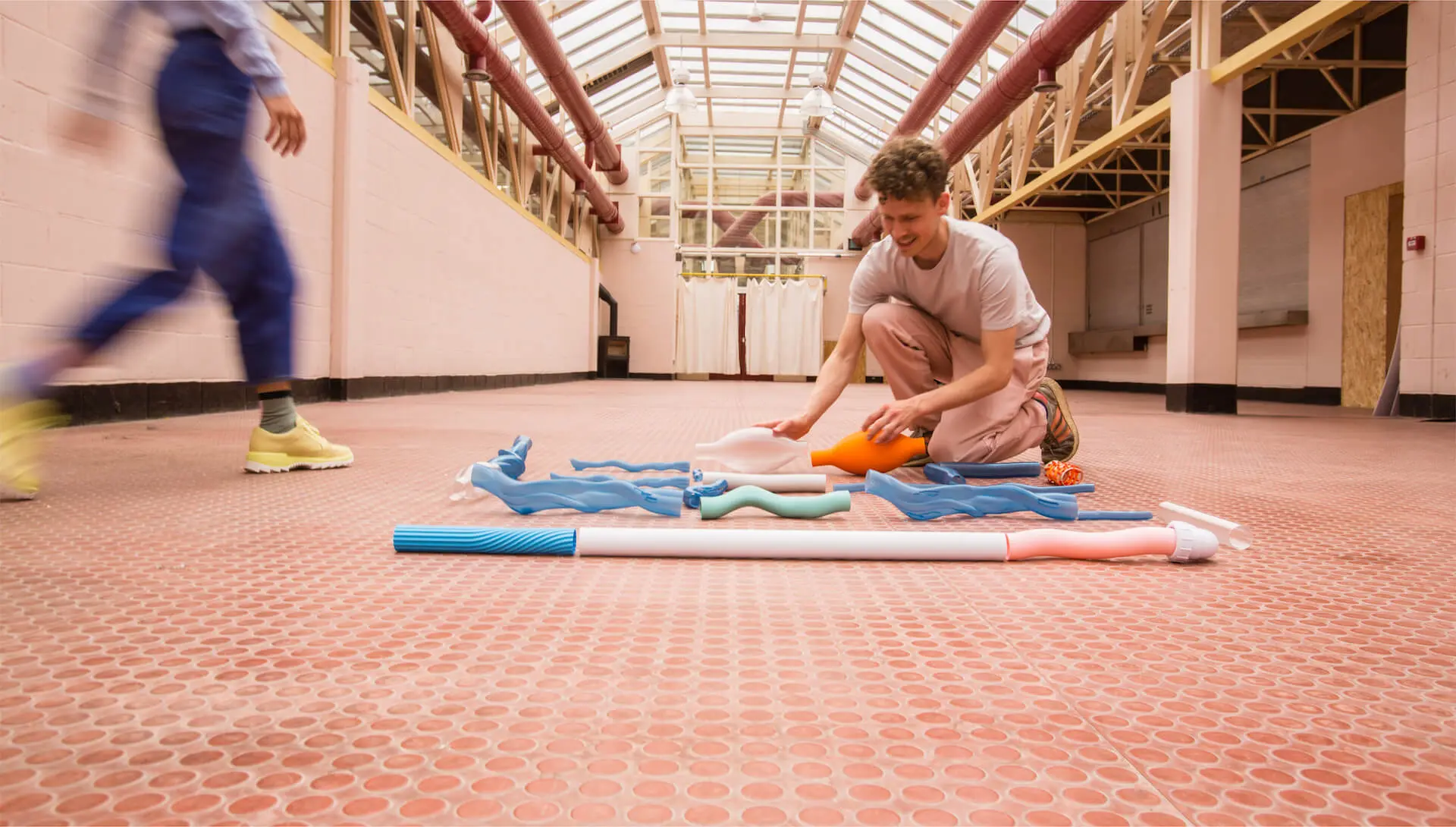Celebrating World Industrial Design Day with Srini Srinivasan, president of the World Design Organisation

On this occasion we talk to the president of the WDO, Srini Srinivasan, to celebrate the work of industrial designers and its impact on the world.
World Design Organization is promoting the profession of industrial design and its impact on our quality of life. The international non-governmental organization with over 185 members in more than 40 different countries, provides the creative industry with a platform to share their initiatives and projects, and to participate in a global dialogue.
Since 2007, the 29th of June has been observed as World Industrial Design Day to celebrate the merits of industrial designers and to actively engage design professionals and design enthusiasts to explore their creativity. This year, WIDD is focusing on diversity and is running, let’s talk: diversity, a 24-hour online event that explores the topic.
Srini Srinivasan is the Chairman & CEO of LUMIUM DESIGN, Inc., a Silicon Valley based, world-class, award-winning product Design Company that has developed 300+ products in the Consumer Electronics, Medical, Industrial Goods, Security and Surveillance domains. Srini is currently also the president of WDO and he tells us about the role, the accomplishments of the organization and how we can participate in celebrating WIDD today!
Who is Srini Srinivasan and how did your journey with the World Design Organization begin?
Srini Srinivasan: “I am an entrepreneur, designer, technologist and start-up enthusiast from Silicon Valley, California. I run a creative design studio called LUMIUM that has created more than 400 products and won 30+ awards over the last 15 years.
My journey with WDO started in 2011 when I visited Taipei to attend Icsid’s General Assembly (International Council of Societies of Industrial Design as our organization was known from 1957-2017). During the week-long events in Taipei, I had the opportunity to meet with several design educators and designers from various parts of the world and formed a very good impression of the organization.
At the following next General Assembly in Montreal (2013), I was elected as one of the Board Members and started taking an active role in the running of the organization. Subsequently, I got elected as the President-elect in 2017 in Torino and took charge as President in October 2019 at the Hyderabad World Design Assembly.”
What role does the WDO play in supporting the profession of industrial design? What type of projects is it involved with? And how has it evolved through the years?
Srini Srinivasan: “At its core, World Design Organization (WDO) is a membership-based international non-governmental organization. We have over 185 members, though they aren’t individual members like you and me. Instead, these are design schools (faculty and students), private sector corporations, design promotion agencies, design studios and even cities that are design-focused. We have members in over 40 countries and are the only organization to bring together these groups of designers.
WDO hosts and promotes a number of projects including, World Design Capital® a city promotional initiative that recognizes one city every two years as a model of the regenerative power of design can have to reinvigorate a municipality. Past WDCs include Torino (2008), Seoul (2010), Helsinki (2012), Cape Town (2014), Taipei (2016), Mexico City (2018), Lille Metropole (2020) and Valencia next year, in 2022.
World Design Impact Prize (WDIP) is another stellar program where WDO identifies and recognizes industrial design driven projects that use design/design thinking to make a positive impact on social, economic, cultural and environmental quality of life. The winner is recognized during our World Design Assembly.
Most recently, since the pandemic hit, we have been working on a new programme fit for our present time: World Design Challenges. These are completely virtual, two-week events where designers come together with subject matter experts and work on specific challenges.
We have partnered with UN Women Asia Pacific, International Space Station National Labs and most recently the World Packaging Organisation to work on the future of sustainable packaging in different industries. These are opportunities for industrial designers to participate in our larger community, build a network and work on projects that focus on the impact of design or embrace one of the United Nations Sustainable Development Goals (UN SDGs).
While WDO maybe 64 years old today (on WIDD), we are in many ways a new organization, having adopted the UN SDGs in 2015 as a framework to champion design for a better world. We are here to encourage and remind designers that design has the power to change lives and can be a very impactful tool for social good.”

Today is World Industrial Design Day, what does it mean for designers? And how can they be part of it?
Srini Srinivasan: “World Industrial Design Day is for everyone! It isn’t even just for designers!
World Industrial Design Day was the first international observance created uniquely to provide an occasion to highlight the merits of the profession and its impact on the quality of life. It was first declared in 2007 on the occasion of our organization’s 50th anniversary on 29th June. Since then, WIDD is observed each year on June 29th and celebrated in more than 40 countries.
WIDD is a day to actively engage design professionals and design enthusiasts to explore their creativity, innovation, vision and passion in recognition of the role of industrial design and designers in our society. It is also an opportunity to educate non-designers, who without realizing or appreciating it, interact with design (whether good or bad) every moment of their day.
Each year, WDO selects a theme to share with the design community that is timely, but broad enough that it can be celebrated anywhere in the world.
In the past, we have seen all sorts of celebrations, from social gatherings, student work exhibits, museum door’s open, discounts on products, competitions, lectures, workshops and conferences. Since 2020 many of these activities have turned virtual, powered by social media, but we have not been deterred. We are planning one of our most ambitious WIDD programmes together this year!
We also have a list of activities you can pursue as an individual or as a group to celebrate.”
Celebrate World Industrial Design Day by taking the survey about gender diversity in design! Head to World Industrial Design day: Join the event and get involved to know more about it.
This year, World Industrial Design Day is focusing on diversity, do you believe that the creative industry is inclusive enough? And what can we do to make design fields more accessible for all?
Srini Srinivasan: “Diversity for us, as an international organization, is extremely interesting and something a lot of designers have had on their mind for the last year (or more). Diversity in Australia is different from diversity in India, Russia, the USA or Guatemala. We are very excited that the design community has really embraced this theme and will share what diversity means to them and have some of these important conversations in their design studios, workplaces, classrooms and their homes.
The creative industries tend to be open when compared to other industries, though there is always more work that can be done to ensure that all voices are welcome and heard. What we aim to do at WDO, through our international network, is to provide a platform for these groups to share their initiatives and projects, and participate in regional or global dialogue.
We are excited to welcome over 70 speakers today (on 29 June) for let’s talk: diversity, a 24-hour online event that will explore the pulse of diversity across the globe through short sessions that will cover a range of topics within diversity, including ableism, diversity in design education, neurodiversity, gender, racial and cultural diversity. We are very much looking forward to these conversations and the further learning we can gather from it.”
Inclusive design is a trending topic, to what extent are designers today creating inclusive products and services? And how do you see this evolving?
Srini Srinivasan: “These days designers are expected to be magicians! Not only are they expected to create eye-catching design, but also be experts in technology, usability, material, manufacturing and more. Unlike in the past when products and services did not consider “all” users, the focus today is to make design as universal as possible and this means that any design for products or services should be accessible to all people, including differently-abled, whether permanently or temporarily.
The likes of voice-enabled devices, gesture-based systems, consumer goods with soft panels without a hard switch, and almost all public places having a ramp for easy access, are good examples of inclusive design. Given the progress of technology, especially in AI and machine learning, the future products are most likely to be more inclusive and capable of supporting a wider range of users.”
Why is it important to start designing for the diversity of the human spectrum? Head to Inclusive Design – The benefit of designing for all.






